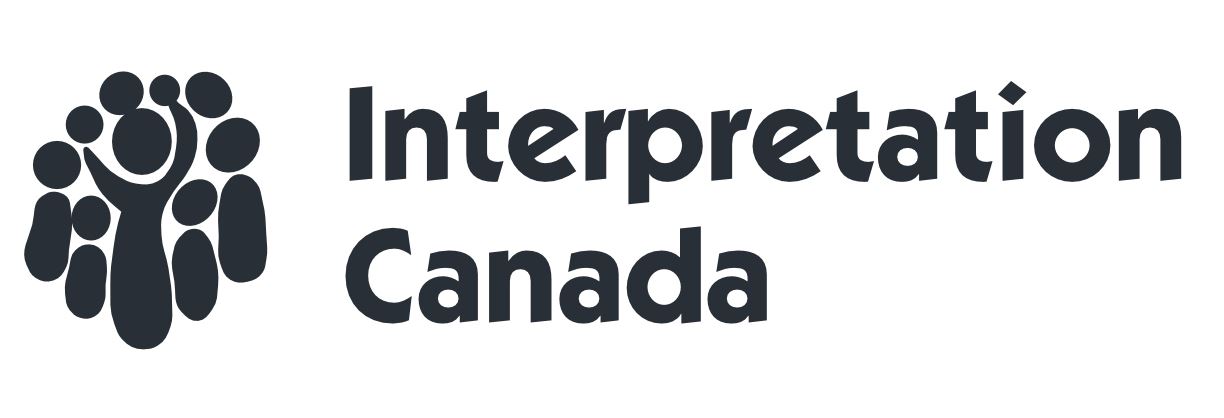Interpretation Canada Blog
Blogue d’Interprétation Canada
Explore insights about the field of natural and heritage interpretation shared by professionals from across Canada. Are you interested in writing for us? We would love to hear from you. Articles about interpretation skills, program case studies, resource reviews, and research about best practices are all ideal. We have a diverse membership and prefer topics that are relevant for interpreters in many settings. To suggest an idea for an article, please contact us at stories@interpretationcanada.ca. Our writers' guidelines can be found here. Explorez les perspectives de professionnels de partout au Canada sur le domaine de l’interprétation de la nature et du patrimoine. Aimeriez-vous contribuer au blogue? Écrivez-nous! Des billets sur les compétences en interprétation, des études de cas sur des programmes, des revues de littérature et des articles de recherche sur des pratiques exemplaires : voilà autant d’articles qui conviennent parfaitement. Nos membres étant issus de milieux divers, nous accordons la priorité aux sujets pertinents pour des professionnels œuvrant dans des contextes très variés. Pour suggérer un sujet d’article, écrivez-nous à stories@interpretationcanada.ca. Consultez notre guide de rédaction ici. |
Writers' Guidlines
Blog articles should be 500 to 1,000 words in length. They should be written in an interpretive style, with a focus on clarity and accessible language. Articles should include at least one photo—the writer must have permission to share the image, and include credit details. We encourage you to include links to further readings and resources.
Please also share a short biography (25-50 words), including contact information for readers to contact you for more information. Feel free to include links to your organization or business website here.
We publish articles at our discretion, and reserve the right to edit content for clarity, accuracy, length, or style. By submitting an article, writers demonstrate that they agree with this statement.
Articles are posted in the language in which they were submitted.
Guide de rédaction
Les articles de blogue devraient compter de 500 à 1 000 mots. Ils devraient être rédigés dans une langue accessible et dans un style interprétatif mettant l’accent sur la clarté du message. Les articles devraient s’accompagner d’au moins une photo pour laquelle l’auteur a obtenu les permissions nécessaires et fourni les détails pertinents sur la source. Nous vous invitons à fournir des liens menant à d’autres lectures et outils.
Veuillez aussi fournir une notice biographique (de 25 à 50 mots), ainsi que les coordonnées où les lecteurs et lectrices pourront vous joindre pour obtenir de plus amples renseignements. Vous pouvez inclure ici des liens menant au site web de votre entreprise ou de votre organisation.
En soumettant un article, les auteurs confirment qu’ils acceptent cette condition.

